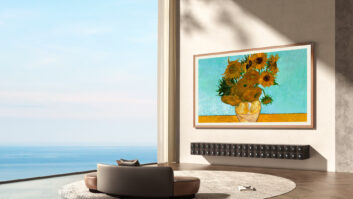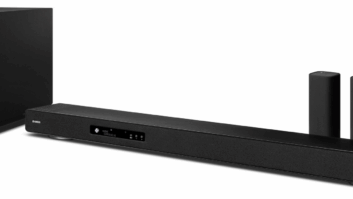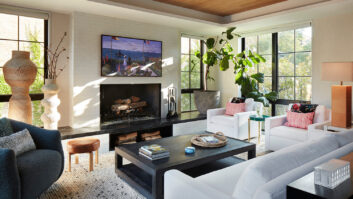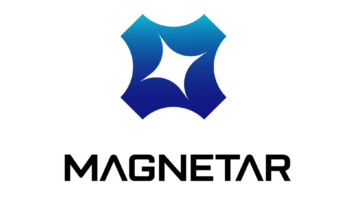
Wellness is one of those fuzzy categories within the home technology industry – it can induce both excitement and head-scratching. Integrators might be asking how technology can enhance wellness – and how wellness can help them build their business. Is there a middle ground between what integrators offer and what homeowners desire?
The real question for many integrators is this: How do you sell a wellness solution without the dreaded possibility of over-promising and under-delivering?
Around 50 percent of US consumers now report wellness as a top priority in their day-to-day lives, a significant rise from 42 percent in 2020. At the same time, many consumers find current wellness products and services insufficient to meet their needs. There has never been a better time to dive deep and think about how you can package your services into an experience for your clients in a way that makes the wellness benefits undeniable.
1. The Lighting Factor:
Humans now spend more than 90% of their time indoors and a majority of those environments are under artificial lights, and it has truly disrupted our natural circadian rhythms, which evolved over millions of years. The circadian rhythm is the body’s internal clock. It regulates sleep cycles, body temperature, heart rate and blood pressure, awareness, and much more. It may come as no surprise that light is the external factor that affects circadian rhythms the most. Giving homeowners control of their light is one of many offerings integrators already have in their smart home toolbox. Warm dimming with LEDs, for example, can emulate desired color temperature changes while tunable white lighting, also known as human-centric lighting, allows for a spectrum of warm hues, dim glows and daylight-emulating shine. Advanced controls and automation can align light settings closely with circadian rhythms.
Natural light regulation is just as important. With window shades, homeowners can control the natural light that already exists and achieve the right brightness for any time of day. Coupled with functional shade styles like Hunter Douglas Duette Honeycomb Shades with LightLock, automation can ensure that homeowners maintain their natural sleep schedules, with shades opening to reveal sunlight and encouraging a gradual wake-up – contrasted against the blare of an alarm.
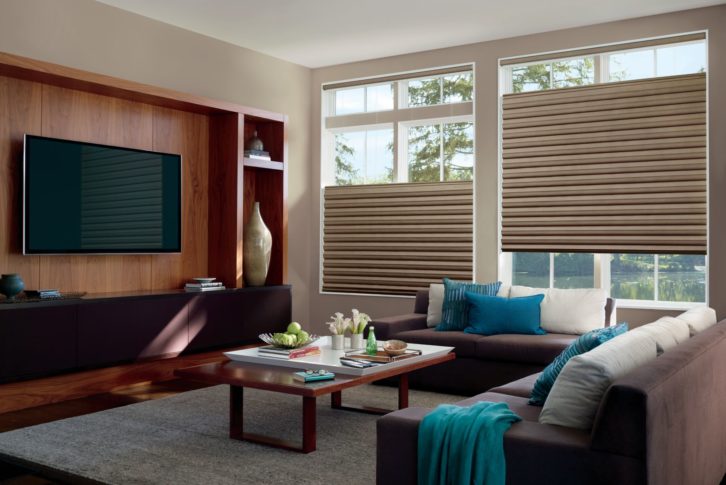 2. The Mixed-Use Media Room
2. The Mixed-Use Media Room
Media rooms have long been in integrators’ repertoires. Over the last several years, we’ve seen these spaces evolve to be more flexible as homeowners look for ways to maximize their space. One approach to help integrators package media rooms for wellness is considering how they can double as an immersive home gym. Any home workout could vastly be improved with professional-grade audio and video, not to mention acoustical treatments to help diffuse the sounds of a cardio dance class and dropping weights.
Take it a step further and add those same automated light-blocking shades to make the perfect meditation space: When a homeowner hits “meditation time” on their phone, the lights dim, the shades close, and the music is cued to help homeowners unwind from their day. Designing multi-use spaces will not only allow integrators to show their creativity but also nicely tie into their clients’ wellness agendas.
3. Soundscaping

Many integrators got their start in the industry as audio enthusiasts who found a way to make their passion a career. When it comes to further examining how sound can impact wellness – soundscaping is a new frontier that integrators can embrace. Architectural Digest describes it well: “Just as the way that light enters a space, or how interior landscapes are perceived, sound is one more characteristic of an environment. This goes beyond providing it with efficient acoustics but creating a sound atmosphere for a space.”
Of course, acoustics and speakers play an important role in soundscaping, but so do the other furnishings in the home. Window treatments, for example, can help isolate the sound coming from outside the home. Because of their honeycomb design, cellular shades can absorb up to 70% of sound energy, creating a quieter, more tranquil room. Pairing a well-designed space with soundscaping can support scheduling and wellness boundaries by supporting the perfect productivity zone for work or a calm vibe before bed.
As we head into 2023, integrators can’t afford to hold wellness at arm’s length. Selling the wellness benefits of home technology does not have to be intimidating, and it may not even necessitate taking on new product lines. What it may require is an open mind and a willingness to open the conversation. Not sure how to start? Try testing some of these solutions in your own home; nothing speaks to homeowners better than personal experience.




